What Is Monocular Depth Cue ?
Monocular depth cues are visual cues that allow us to perceive depth and distance using only one eye. These cues include linear perspective, texture gradient, interposition, relative size, and motion parallax. Linear perspective refers to the way parallel lines appear to converge as they recede into the distance. Texture gradient refers to the way the texture of objects appears to become less detailed and more compressed as they move farther away. Interposition occurs when one object partially blocks another, indicating that the blocked object is farther away. Relative size refers to the way objects of known size appear smaller when they are farther away. Motion parallax refers to the way objects appear to move at different speeds depending on their distance from the observer. Together, these monocular depth cues allow us to perceive depth and distance in our environment, even when we are only using one eye.
1、 Accommodation
Monocular depth cues are visual cues that allow us to perceive depth and distance using only one eye. Accommodation is one of the monocular depth cues that helps us perceive depth by adjusting the shape of the lens in our eye to focus on objects at different distances.
When we look at objects that are close to us, the lens in our eye becomes more curved to focus the light onto the retina. Conversely, when we look at objects that are far away, the lens becomes flatter to focus the light onto the retina. This change in the shape of the lens is called accommodation.
Accommodation is an important monocular depth cue because it allows us to perceive depth and distance even when we are only using one eye. However, it is not the only monocular depth cue that we use. Other monocular depth cues include perspective, size, and texture gradient.
Recent research has shown that our brain combines multiple monocular depth cues to create a more accurate perception of depth and distance. For example, when we look at an object that is far away, our brain uses both accommodation and perspective cues to determine its distance.
In conclusion, accommodation is a monocular depth cue that helps us perceive depth and distance by adjusting the shape of the lens in our eye. However, it is just one of many monocular depth cues that our brain uses to create a more accurate perception of the world around us.
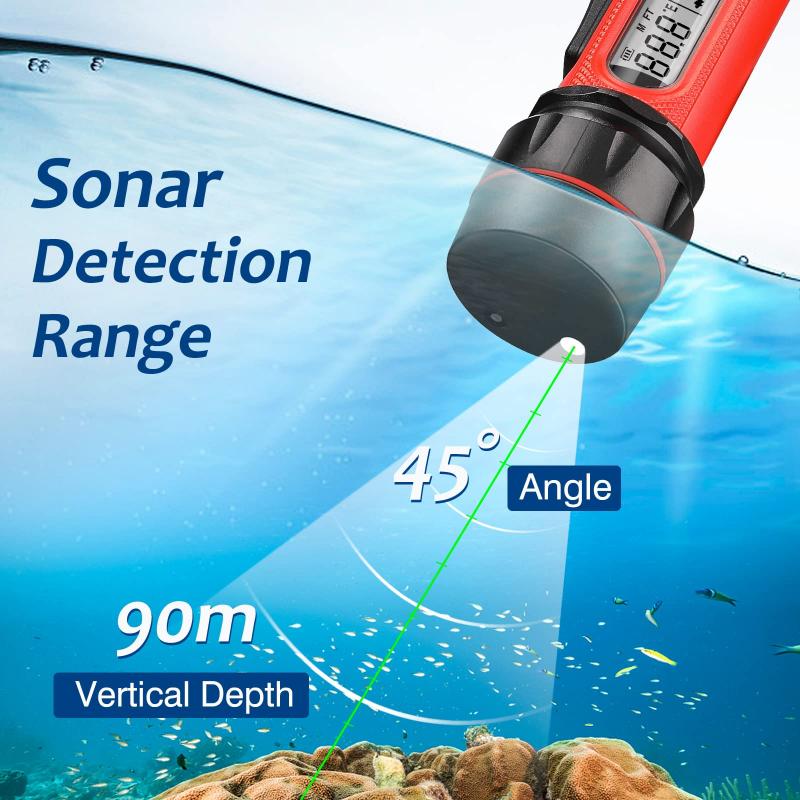
2、 Motion parallax
Motion parallax is a monocular depth cue that refers to the apparent motion of objects in the visual field as an observer moves. This depth cue is based on the fact that objects that are closer to the observer appear to move faster than objects that are farther away when the observer moves. This is because the closer objects move across the visual field more quickly than the farther objects.
Motion parallax is an important depth cue that helps us perceive depth and distance in the world around us. It is particularly useful when we are moving through the environment, as it allows us to quickly and accurately judge the distance and position of objects in our path.
Recent research has shown that motion parallax is processed in the dorsal visual stream, which is responsible for processing visual information related to movement and spatial awareness. This suggests that motion parallax is an important cue for guiding movement and navigation in the environment.
Overall, motion parallax is a powerful monocular depth cue that plays an important role in our perception of the world around us. Its importance is reflected in the fact that it is processed in a specialized area of the brain that is dedicated to spatial awareness and movement.
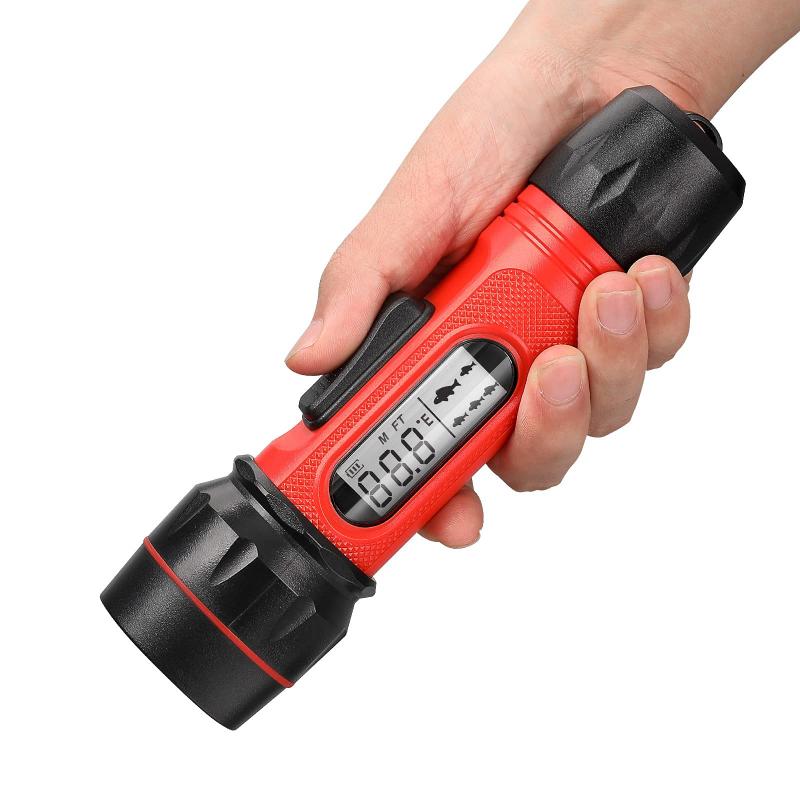
3、 Relative size
What is monocular depth cue? Monocular depth cues are visual cues that allow us to perceive depth and distance using only one eye. One of the most important monocular depth cues is relative size. This cue refers to the fact that objects that are closer to us appear larger than objects that are farther away. This is because the size of an object on our retina decreases as it moves farther away from us.
Relative size is a powerful cue that we use every day to judge the distance and size of objects in our environment. For example, if we see a person walking towards us, their size on our retina will increase, allowing us to perceive that they are getting closer. Similarly, if we see a car in the distance, its size on our retina will be smaller, indicating that it is farther away.
Recent research has shown that our perception of relative size is not just based on the size of an object on our retina, but also on our prior knowledge and expectations about the size of objects in our environment. For example, if we see a small car in the distance, we may still perceive it as being farther away than a larger car that is closer to us, because we know that cars are typically larger than that.
In conclusion, relative size is an important monocular depth cue that allows us to perceive depth and distance using only one eye. Our perception of relative size is not just based on the size of an object on our retina, but also on our prior knowledge and expectations about the size of objects in our environment.
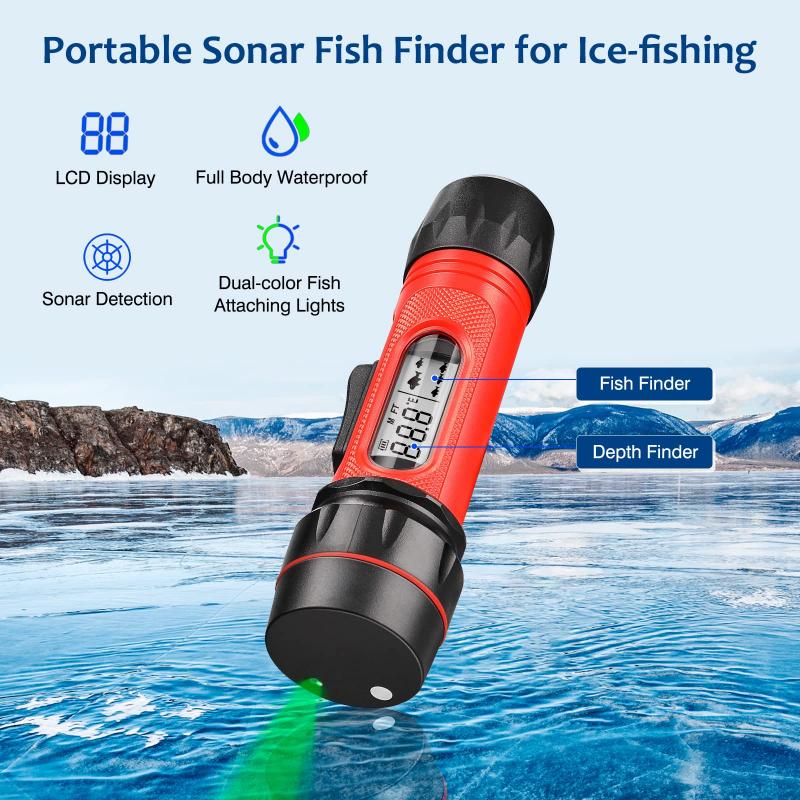
4、 Interposition
Interposition is a monocular depth cue that occurs when one object partially blocks another object from view. This cue provides information about the relative distance between the two objects, with the object that is partially blocked being perceived as farther away than the object that is blocking it.
Interposition is a powerful cue that is used frequently in everyday life to judge distances and spatial relationships between objects. For example, when driving, we use interposition to judge the distance between our car and other cars on the road. We can also use interposition to judge the distance between objects in a scene, such as trees in a forest or people in a crowd.
Recent research has shown that interposition is not a simple cue, but rather a complex process that involves the integration of multiple visual cues. For example, the size of the objects, their texture, and their position in the visual field can all influence the perception of interposition. Additionally, the brain uses contextual information to interpret interposition, such as the overall layout of the scene and the viewer's prior knowledge of the objects in the scene.
Overall, interposition is an important monocular depth cue that provides valuable information about the relative distance between objects in a scene. Its complex nature highlights the sophisticated processing that occurs in the brain to create our perception of the visual world.


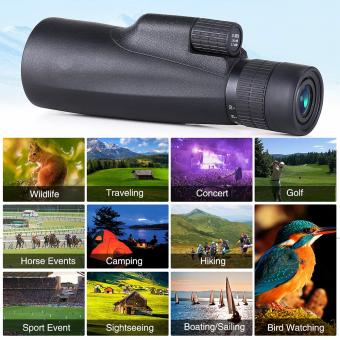
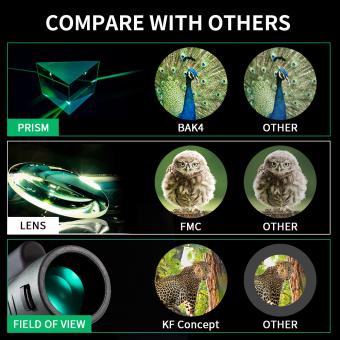
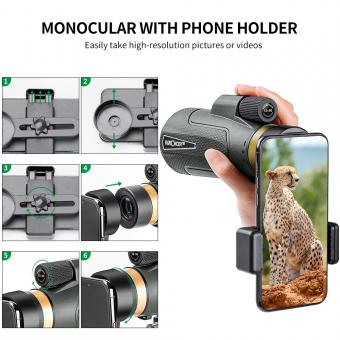
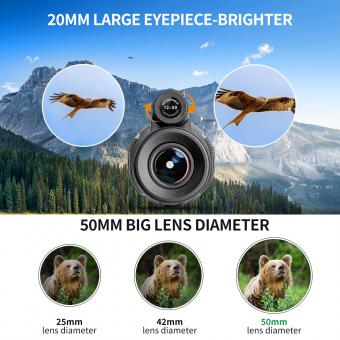







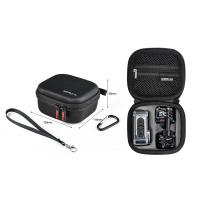
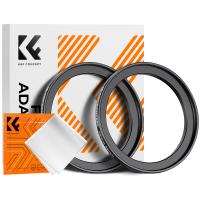
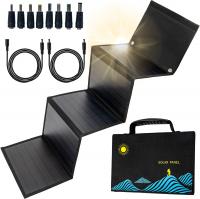




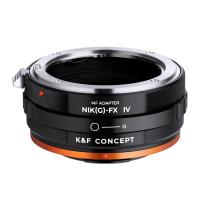
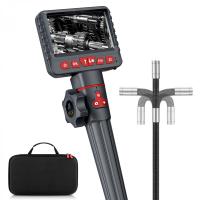
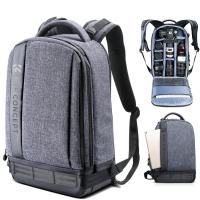

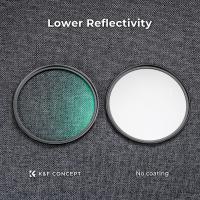

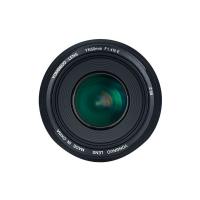
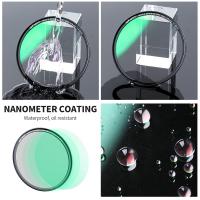

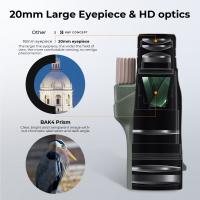
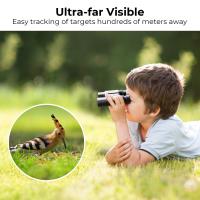
There are no comments for this blog.